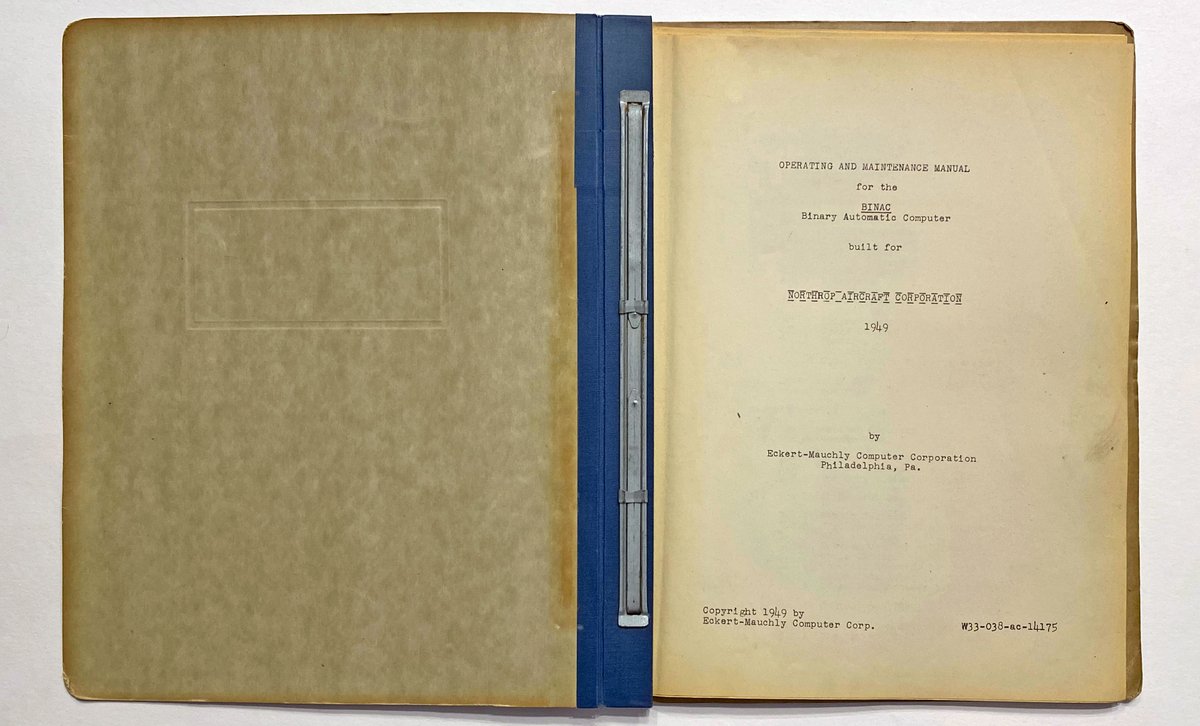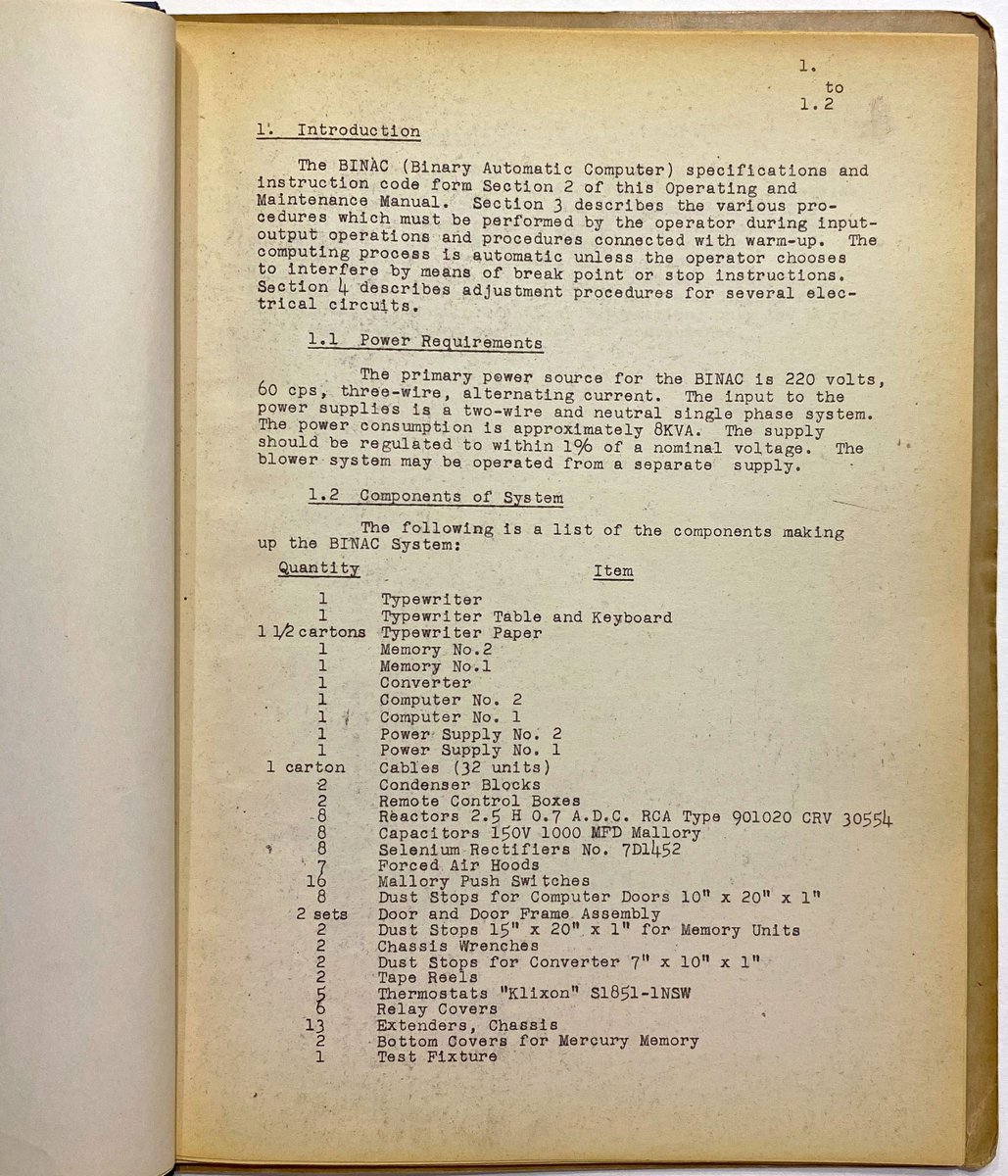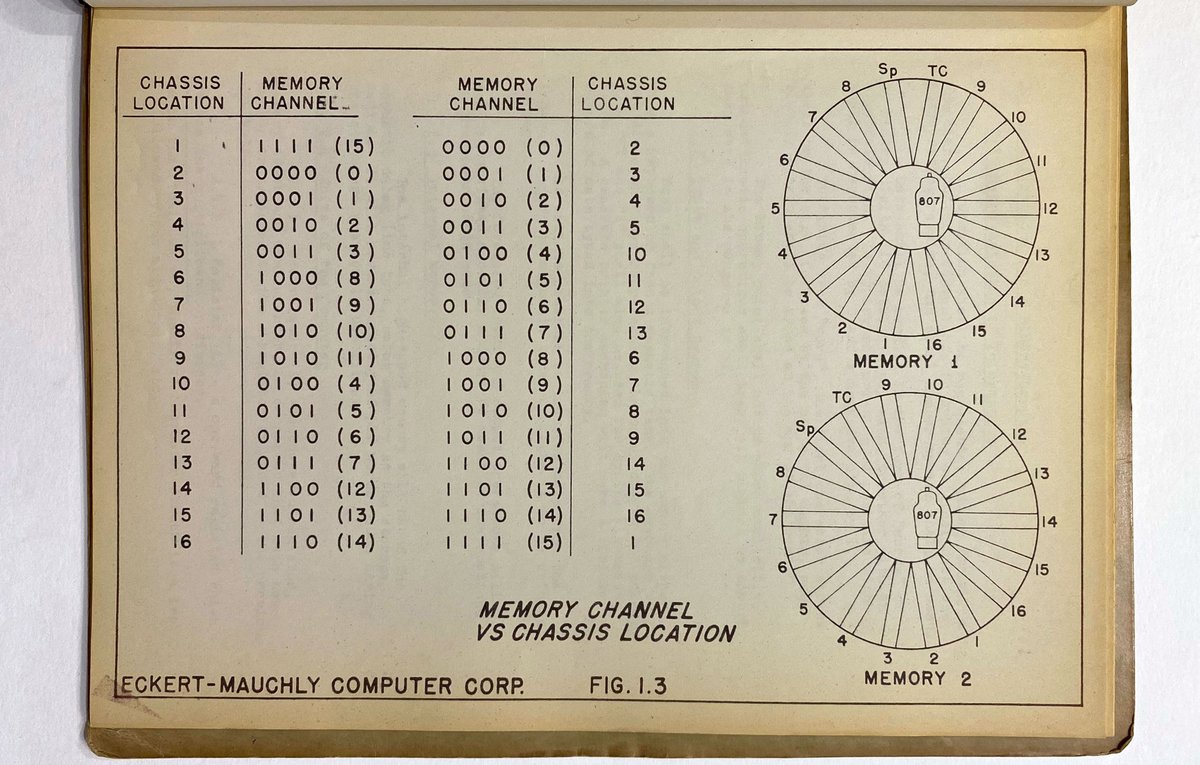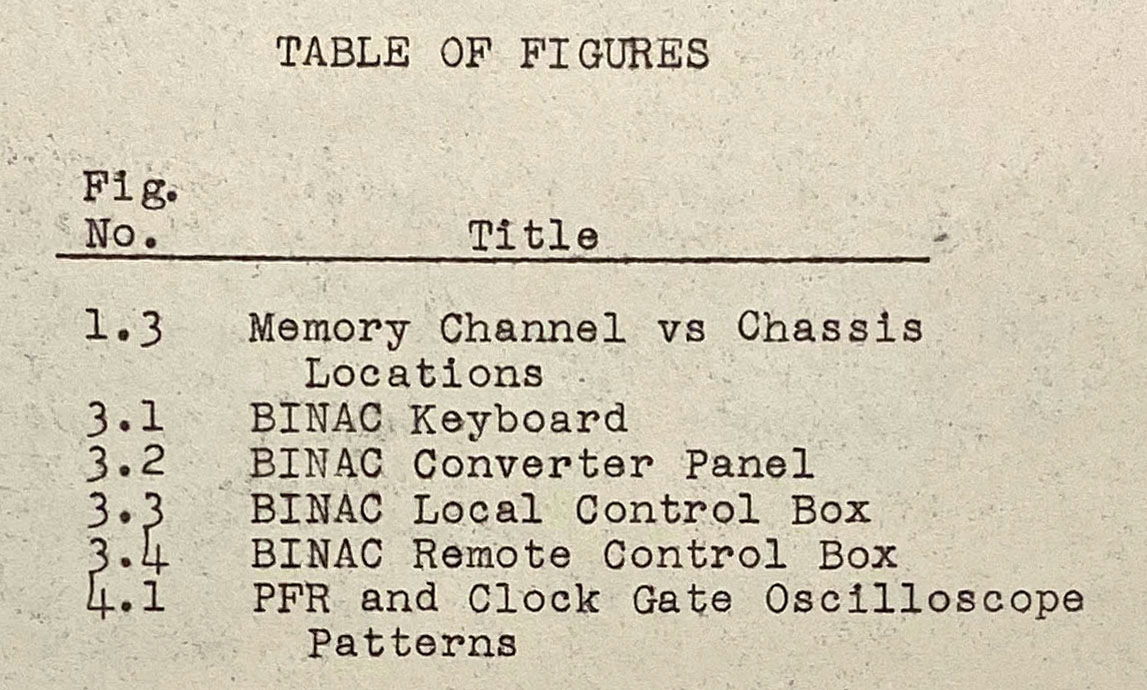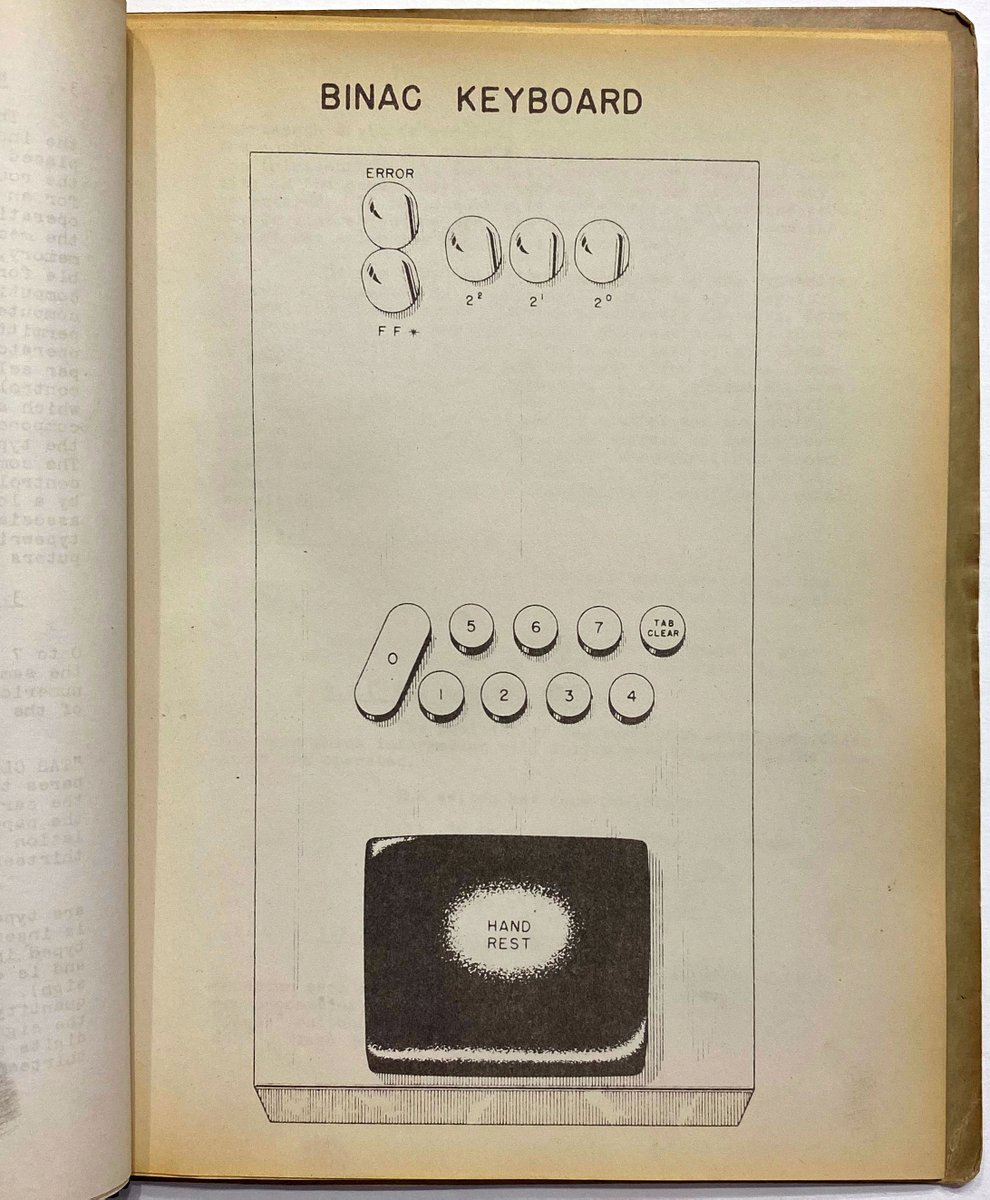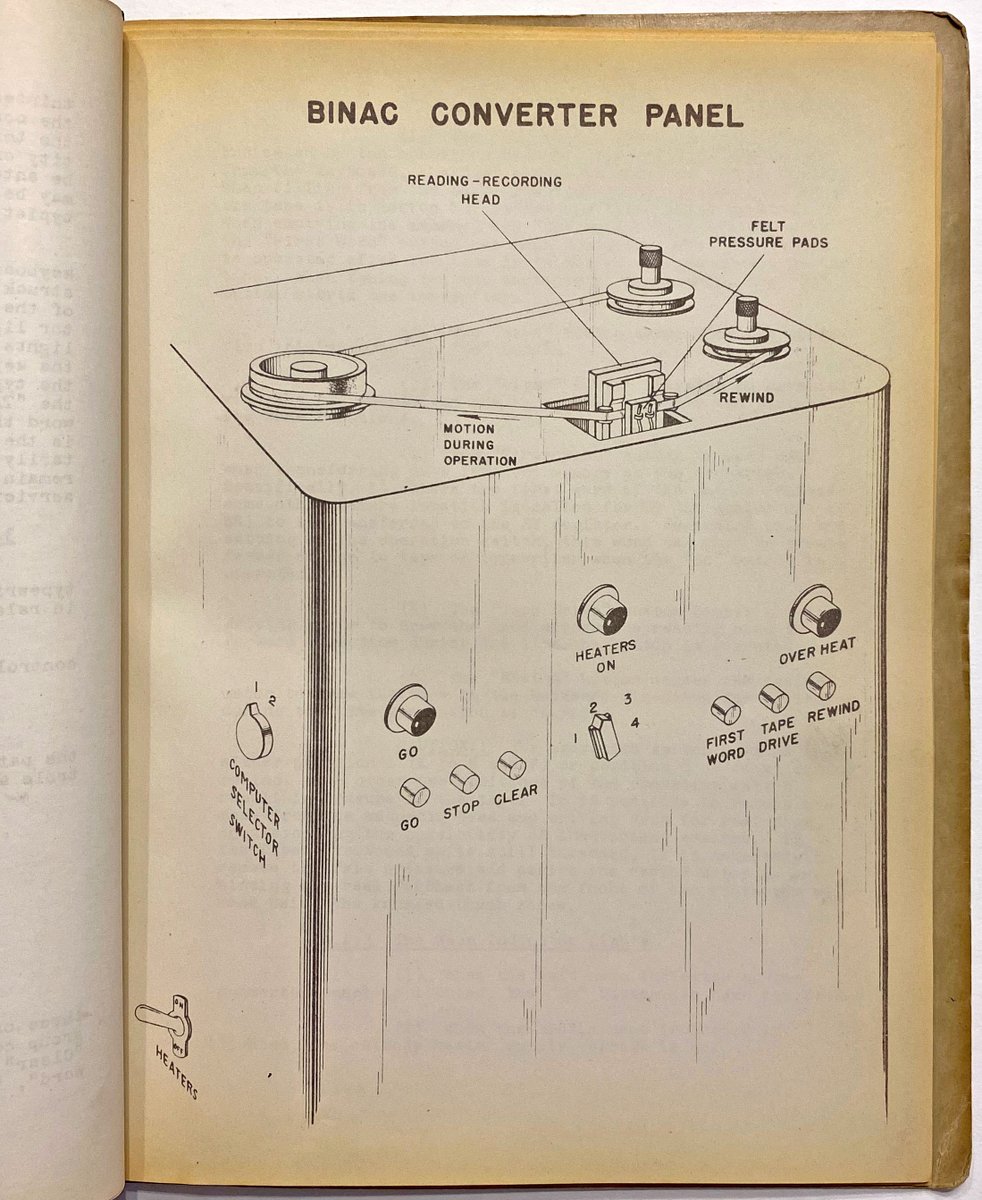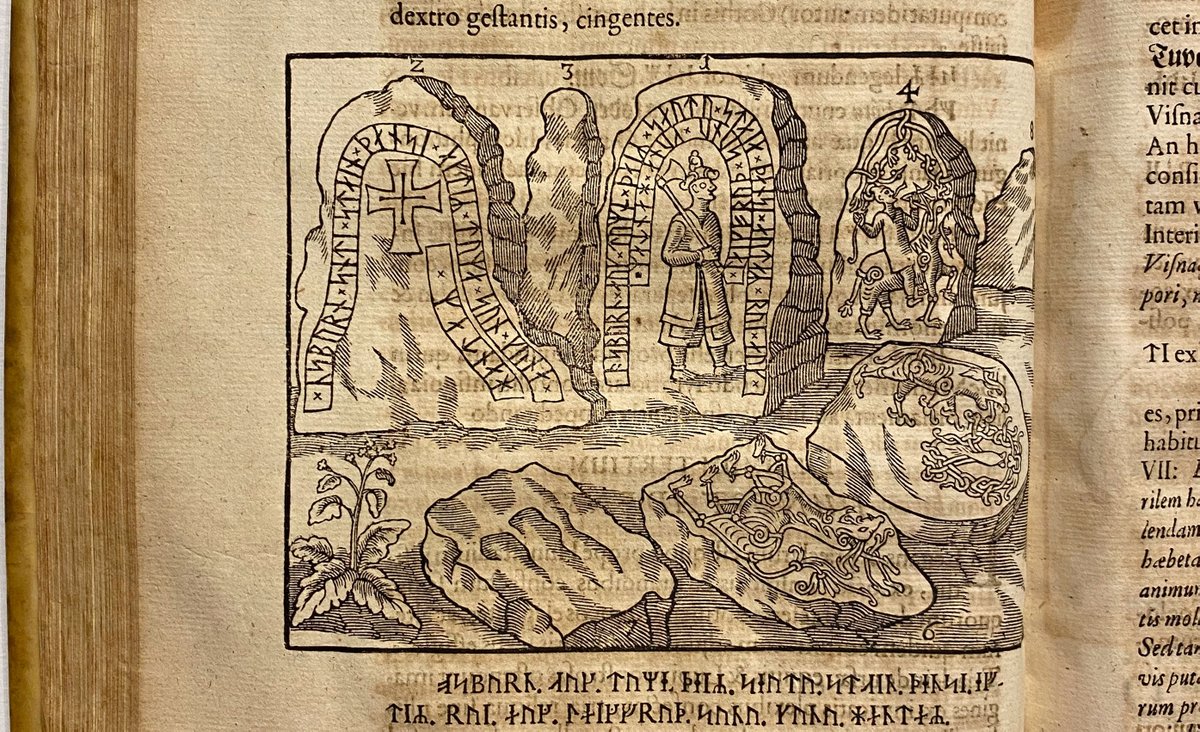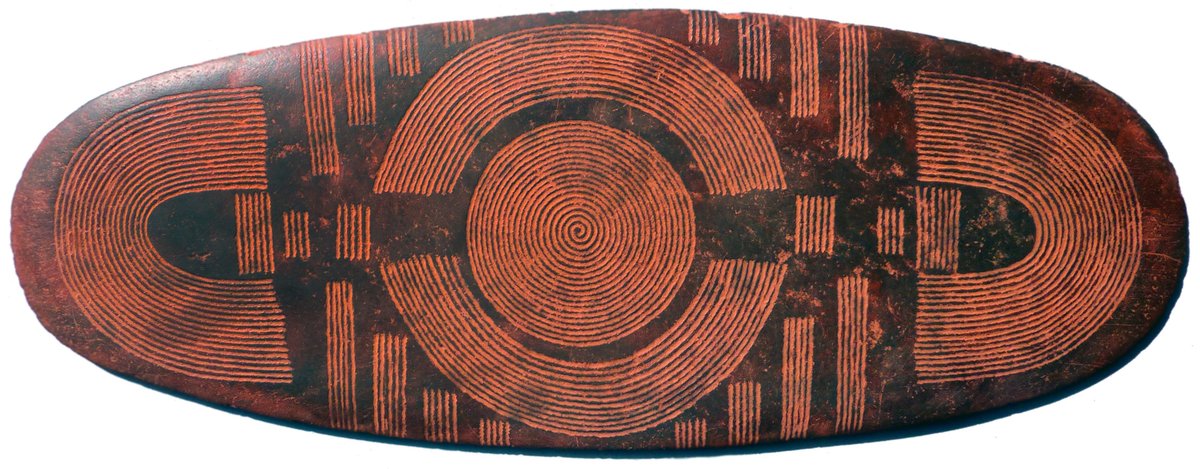
Arguably the greatest single achievement of Jewish book production: Biblia Rabbinica, Amsterdam, Moses Frankfurter, 1724-27.
The first Rabbinic Bible to be produced & printed solely by Jews, and by far the most elaborate & technically superior version of the Rabbinic Bible. 1/3

The first Rabbinic Bible to be produced & printed solely by Jews, and by far the most elaborate & technically superior version of the Rabbinic Bible. 1/3

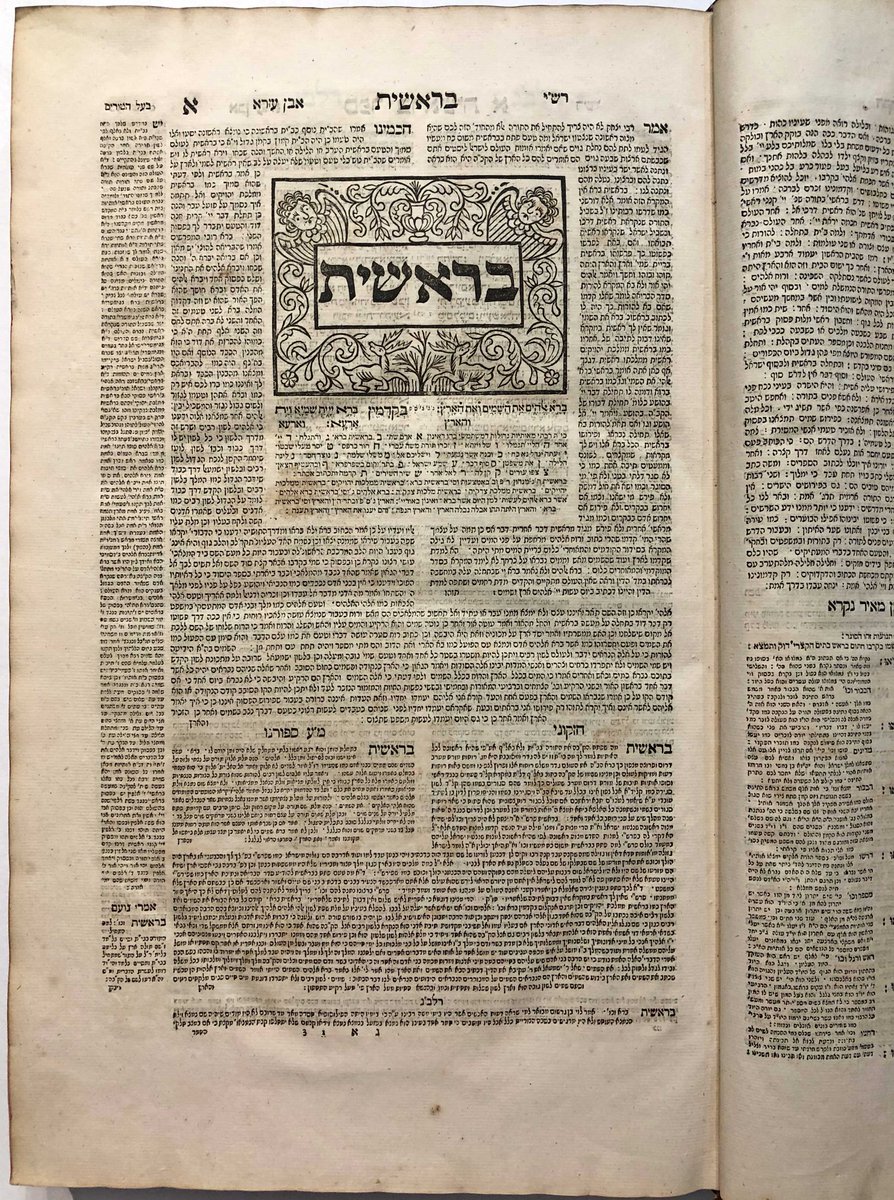
This was the single most ambitious production of the Amsterdam Hebrew press. Published in 4 huge folio volumes, the Sefer Kehiloth Moshe [ ספר קהלות משה] of 1724-27, was the seventh Biblia Rabbinica overall, but the first to be edited, produced and printed solely by Jews. 2/3 



In addition to the Biblical text, it includes 36 separate commentaries, 16 of them previously unpublished. The multiple prefaces & afterwords detail the process of acquiring new commentaries, and describe the difficulties of bringing such a massive undertaking to fruition. 3/3 

• • •
Missing some Tweet in this thread? You can try to
force a refresh

